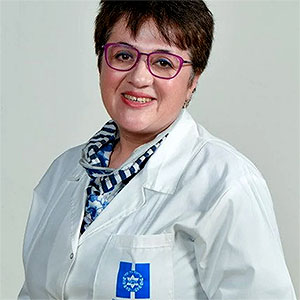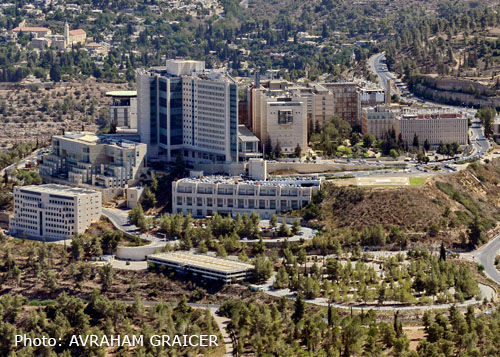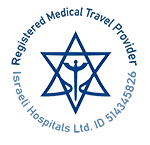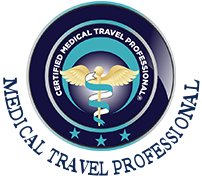Interview with Professor Polina Stepensky

Hematologist Polina Stepensky is a global medical star and head of the Bone Marrow Transplant Unit at the renowned Hadassah Hospital in Jerusalem. Prof. Stepensky and her team of specialists have in three years created what is known as academic CAR, a chimeric antigen receptor that teaches human lymphocytes to destroy cancer cells.
QUESTION:
- Let's talk about the latest breakthrough in hematology: the CAR-T therapy.
PROF. POLINA STEPENSKY :
- Well, CAR-T therapy is effectively used in hematology, and there is a broader approach, the so-called cell therapy. Its basic principle is as follows. We take cells from a person, modify them using genetic engineering, and return them to the person. Why do we modify them? We give them a weapon against onco-proteins.
QUESTION:
- Is that what CAR is?
PROF. POLINA STEPENSKY :
CAR stands for Chimeric Antigen Receptor. It's basically a chimera. We take a T cell and, simply put, combine it with an antibody. It's essentially an organism, a tool that targets the proteins on the cell's surface. It's not much, only 30 percent of the malignant proteins. Nevertheless, it works for blood diseases.
How do we proceed? We connect the patient to a lymphapheresis machine and tell it to collect lymphocytes. We collect them, check them, freeze them and send them in a special bag to the pharmaceutical company's plant, which is usually either in Europe or America. There, they thaw the cells, activate them, and add a virus to which a special genetic fragment is already attached. This is the weapon against cancer cells. Then we get this bag back, give the patient some light chemotherapy to suppress his immune system, and give him back his CAR. That's it.
Of course, we have to do a lot of things around it, we have to treat it properly, but in principle, this is enough to activate the cancer-fighting process inside the body.
This is what I have described to you about the procedure with so-called commercial CARs. But, there are academic CARs that we develop ourselves.
For example, we made one for myeloma, a frequent and incurable blood disease.
When I was a student, 25 years ago, everyone died of myeloma within two years. This is not the case now. People with this diagnosis live for 15 or 20 years. But in the end, there comes a stage when you have to treat it again, and there is no more treatment. So we at Hadassah Hospital in Jerusalem have developed our CARs for such patients.

Our CARs work against mature B-cells. I won't go into detail, the point is that we developed the necessary genetic fragment ourselves and inserted it into the virus. It took three years and was quite expensive.
We decided to try developing a cell-based treatment for multiple myeloma after I visited the Memorial Sloan Kettering Cancer Research and Treatment Centre in the USA in 2017. patients who did not benefit from existing treatments were required to try to participate in clinical trials of cell therapy for the disease in the US or, mainly, in China. They were required to pay $150,000 for an experimental treatment in China, where regulation is different, scientific publications are almost non-existent and you never know what you are getting.
We started the development in 2017 and in a very short time, three years, we got permission to conduct the experiment after the hospital met all the standards required to conduct such an experiment, including the appropriate equipment and sterile rooms.
Source: translated and summarized from Israeli newspaper Haaretz

Dr. Polina Stepensky: Interview starts in min. 9:35
Prof. Stepensky reviews CAR-T abstracts at ASH (American Society of Hematology) 2020










